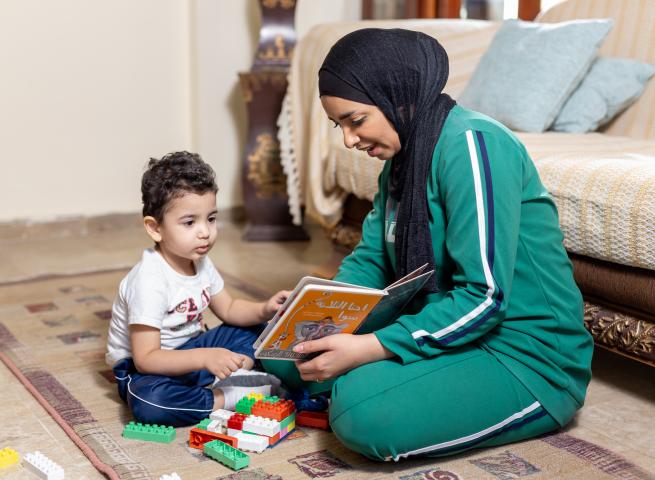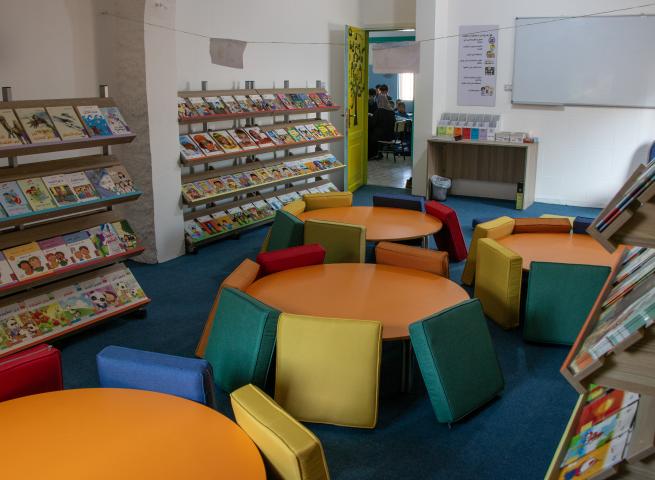The State of Literacy
Today, half of all children in Jordan are unable to read and understand a simple text at the age of ten. The World Bank and UNESCO have classified this as “learning poverty.” This challenge is further compounded by the little available evidence and proven solutions that policymakers and educators have to address the literacy crisis.
There are concerns with global levels of literacy, and the World Bank has recently announced its ‘Literacy Makes Sense’ approach to reduce ‘learning poverty’.
In Jordan, the Ministry of Education developed the National Literacy Strategy that has the aim of significantly improving rates of literacy achievement in the elementary grades, with the goal that this is eventually expressed in improvements in international assessments.
For such efforts to create an ongoing cycle of improvement in learning outcomes, education systems also need to develop the capabilities and habits to learn. One aspect of this is the supply and uptake of useful evidence of ‘what works.’
Working with our partners, we are seeking to address an unmet need for reliable insights into ‘what works’ in the teaching and learning of Arabic literacy that can then be adopted at scale across the Kingdom.
KEY POINTS
6 in 10 children aged 3-6 are not developmentally on track for numeracy and literacy
Over %50 of Jordanian schools lack a library
About 60% of 10-year-olds in Jordan are unable to read and understand a short age-appropriate text
Classrooms that contain reading materials are 4.3x more likely to be strong performing in literacy measures
Success Stories
Their success; our inspiration. Explore our programs' impact through the eyes of our partners.




